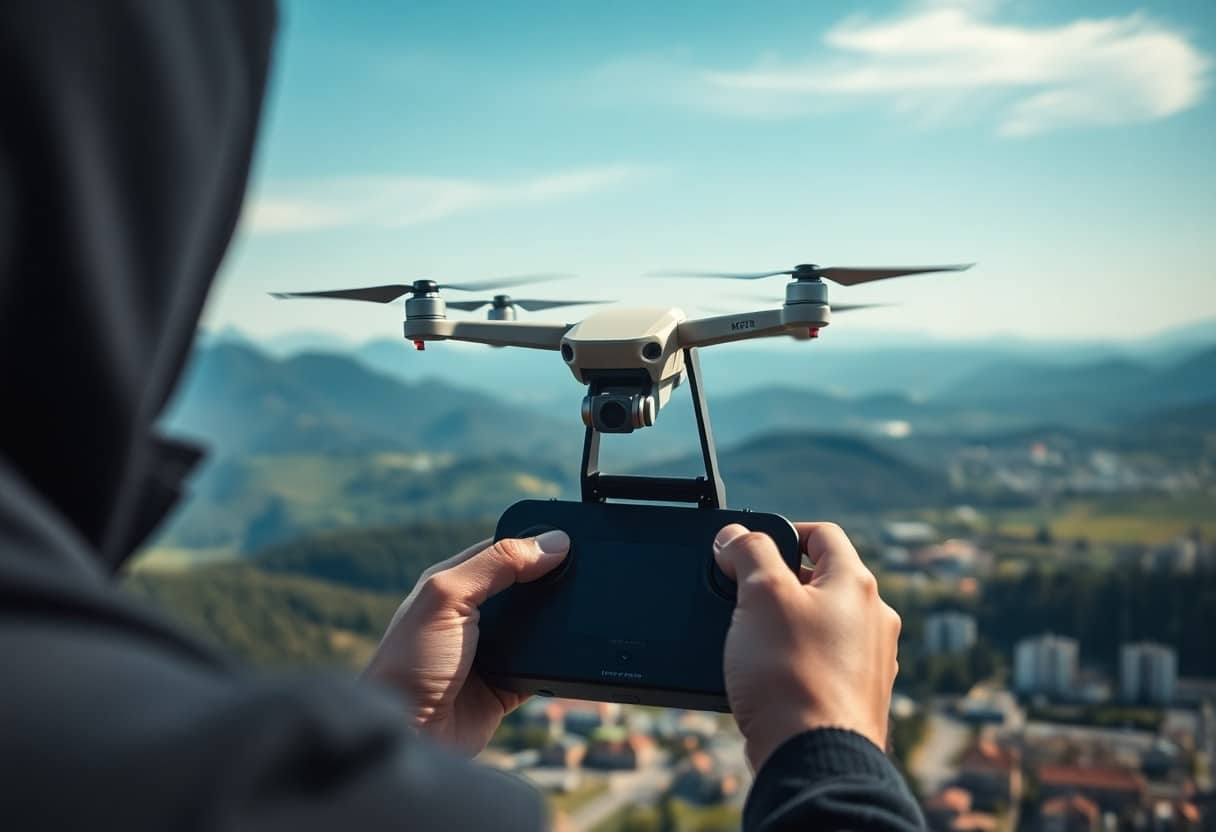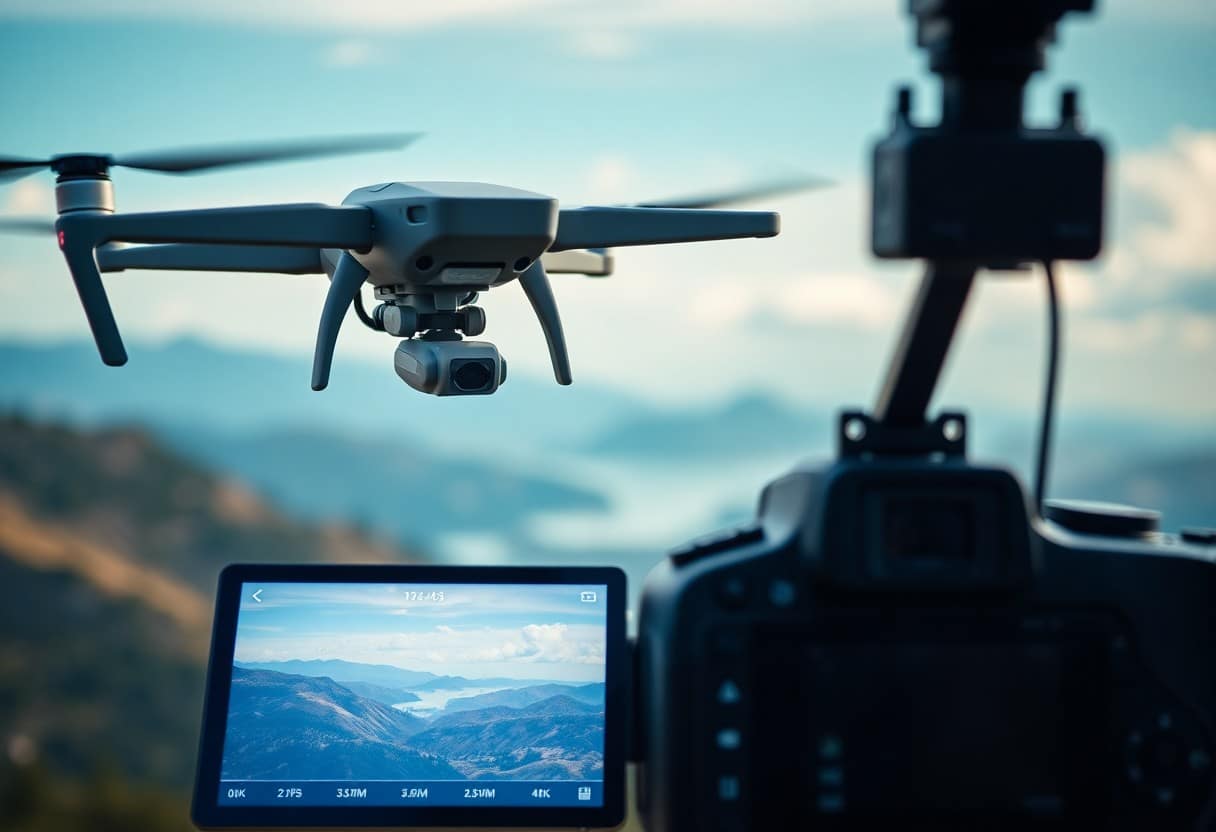How to cross the no-fly zone effectively?
During flight, learn how to navigate effectively on theNo Fly ZoneThis is of paramount importance. These areas are often affected bysurety,legislationmaybeEnvironmentYou need to be fully aware of their scope and regulations in order to avoidNon-compliance.. Using the right mapping tools and software and staying on top of the latest information will help you feel more confident and safe when facing these challenges. This article will provide some important tips to help you navigate safely in no-fly zones.
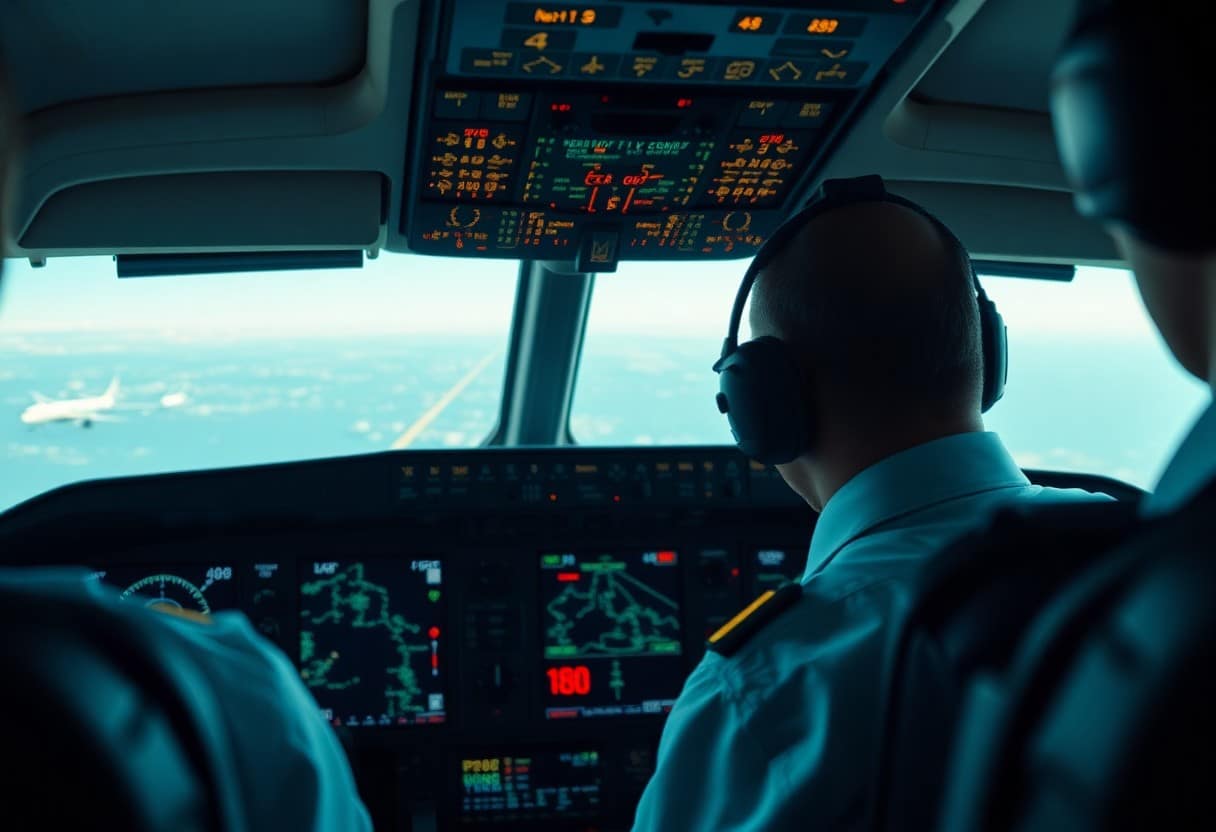
Key Points:
- Understand the requirements:Familiar with local aviation laws and regulations regarding no-fly zones.
- Use the map:Use aeronautical maps to mark no-fly zones and ensure that you follow the flight path during your flight.
- Real-time data:Stay on top of real-time flight data and keep abreast of weather and route changes.
- Communication equipment:Be equipped with reliable communication equipment to maintain contact with air traffic control at all times.
- Programs are on file:Plan ahead for contingencies, such as the inability to avoid a no-fly zone.
- Training and Certification:Participate in relevant flight training and certification to enhance the ability to recognize and respond to no-fly zones.
- Compliance with security principles:Always put flight safety in the first place and avoid illegal entry into no-fly zones.
Understanding the No Fly Zone
In exploring the complexities of air transportation, understanding theNo Fly ZoneThe role of airspace is very important. No Fly Zones are airspace that is restricted to aircraft for safety, military or environmental reasons. Familiarizing yourself with these zones can help aviators avoid legal problems and potential hazards.
Definition and Purpose
No Fly ZoneIt is a restriction imposed by air traffic control organizations on certain areas to protect public safety, national security or important facilities. Its main purpose is to prevent unidentified flying objects from entering these sensitive areas and to ensure the safety of aviation activities.
Type of No Fly Zone
You should be aware of the different types of No Fly Zones so that you can make an informed choice when planning your voyage. These no-fly zones can be categorized according to their use, each of which has its own unique characteristics and requirements.
| Type of No Fly Zone | Description |
|---|---|
| Military No Fly Zone | Defense of military operations or bases. |
| Safe No-Fly Zone | Protect important people or large events. |
| Environmental No Fly Zone | Protecting wildlife or ecosystems. |
| Temporary No Fly Zone | Short-term zones based on specific circumstances. |
| Permanent no-fly zone. | The long-standing no-fly requirement. |
Each type of no-fly zone has different implications and requirements for pilots. You need to ensure that you follow their relevantAviation RegulationsThis is to avoid potential legal consequences and the risk of accidents. The existence of these no-fly zones helps to protect the safety of the community and the environment.
- Follow the rulesIt is the key to avoiding in-flight problems.
- Awareness of the various types of no-fly zones can enhance your safety awareness.
- Considering these no-fly zones in your flight plan will enhance your professionalism.
- It is the responsibility of every pilot to understand the requirements of the No Fly Zone.
- Correct knowledge ensures a safe sailing experience.
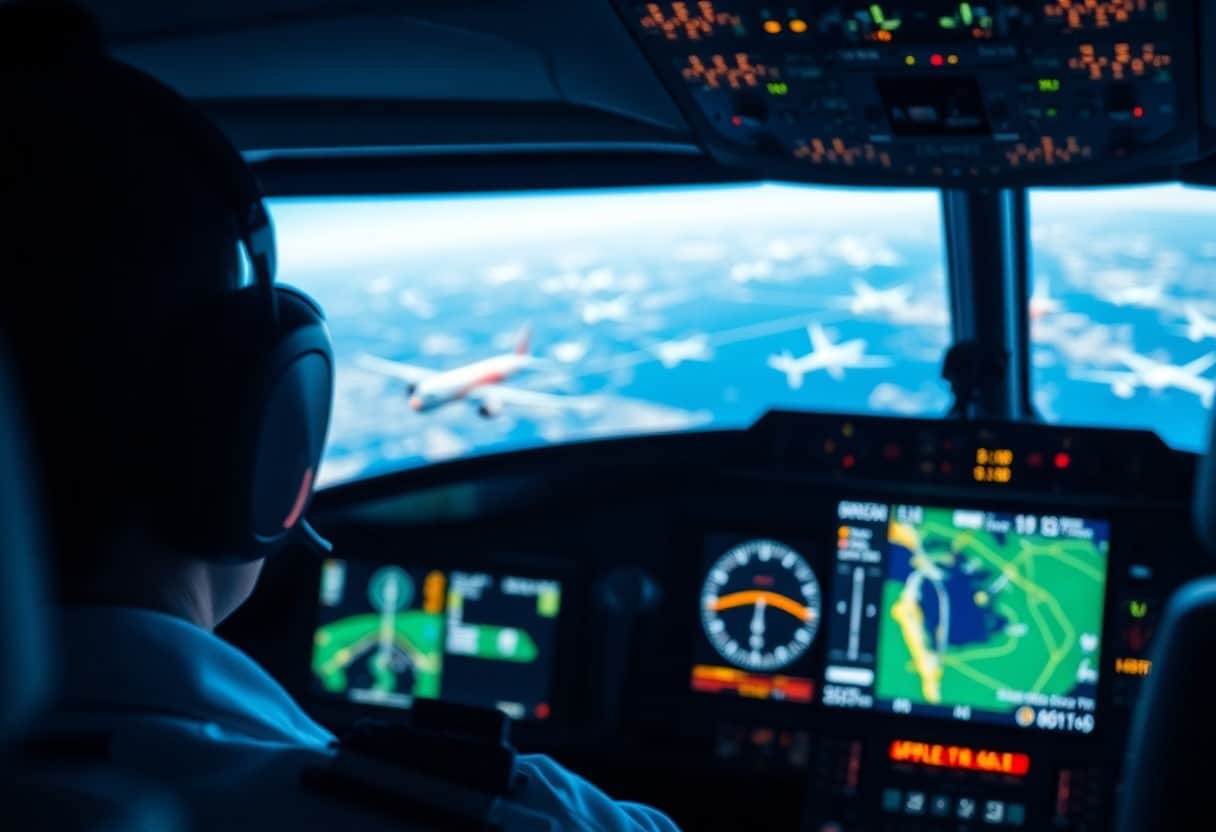
Legal Implications
Understanding the legal implications of a no-fly zone is critical to any operation. When you enter a no-fly zone, you may be violating a number of laws that are designed to keep the airspace safe. Therefore, familiarizing yourself with the relevant laws and regulations can prevent you from facing liability for inappropriate behavior.
Domestic and international regulations
No-fly zones are regulated by both domestic and international laws that specify which areas are off-limits to flying. You should carefully review these laws when planning your navigational efficiency to ensure that your flight does not inadvertently encroach into a restricted area and cause legal problems.
Consequences of violating a no-fly zone
If you violate the no-fly zone rules, you could face serious consequences, includingFines, criminal prosecutionevenRevocation of Aircraft LicenseThe consequences can not only affect your professional career, but can also pose a significant risk to public safety. Such consequences not only affect your professional career, but may also pose a significant risk to public safety.
If you violate a no-fly zone, you must first be aware that it can result inlegal sanction. These sanctions may include highPenaltyI'm not sure if I'm going to be able to do that, but I think I'll be able to do it.surveillanceThe Risks of Your Behavior In addition to legal consequences, your behavior may also result inLoss of air rightsIn addition, such a violation may have an impact on public safety. In addition, such non-compliance may have public safety implications.Potential DangerThis is especially true in densely populated areas. It is therefore very important to respect the rules of no-fly zones. Stay alert and make sure your navigation behavior is legal and safe.
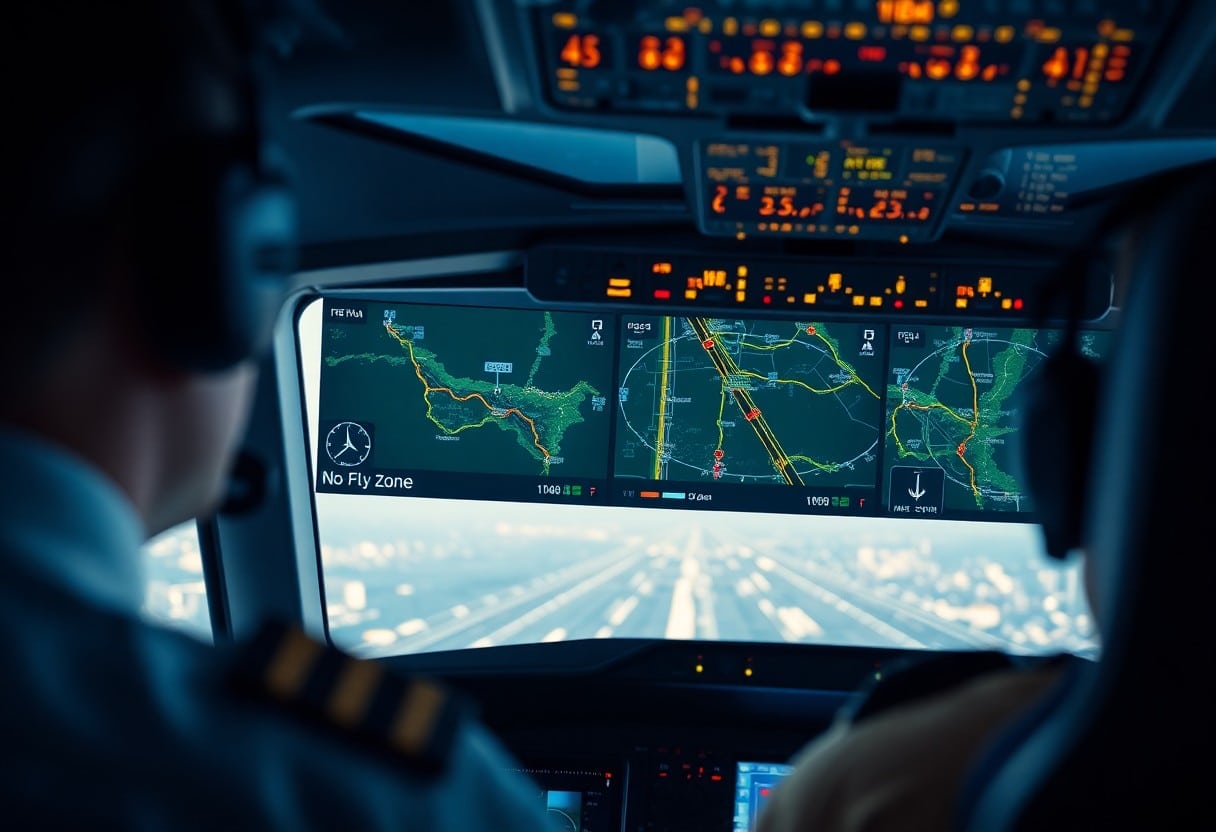
Plan your flight path
In planning the flight path, theExplained the scope and limitations of the No Fly Zoneis critical. You need to ensure that your path does not cross these areas to avoid accidents or legal consequences. It is recommended that you refer to theWhich camera settings should you use to get the best drone photography results?This guide will help you develop an effective flight plan.
Study of no-fly zones
It is important to conduct a detailed study of the no-fly zones before you fly. These zones may change due to activities, special events or for safety reasons, and you need to make sure you have the most up-to-date information. Checking official aeronautical charts and related releases will keep you updated and provide the necessary safety for your flight.
Utilization of Aviation Resources
Efficient utilization of aviation resources is essential to ensure safe flights. With a variety of flight management software and applications, you can access real-time information about no-fly zones in a timely manner. These resources can help you plan your flight path, avoid dangerous areas and maximize your flight safety.
These aviation resources not only provide maps and route planning, but also includeAlarm system and real-time notificationThe FlyBeat feature helps you stay informed of any changes to the no-fly zones. With this technical support, you can stay alert during your flight and quickly adjust your path to meet any challenges that may arise. Make sure you utilize these tools to enhance the safety and efficiency of your flight.
Technology & Tools
When navigating the no-fly zone, utilize the latestTechnology & ToolsYour safety will be greatly enhanced. With the right equipment and apps, you'll not only know exactly where you are, but you'll also get real-time information about no-fly zones and avoid accidental entry. These tools will help you plan your trip with more confidence and ensure a smooth passage.
Navigation Apps and Software
Use of specializedNavigation AppsThey can help you quickly get information about your current location and the no-fly zones around you. These apps often include updated maps and can show you if you are in a no-fly zone in real time for a safer aviation experience.
Real-time updates and alerts
Real-time updates and alerts help you stay up-to-date with the latest information on no-fly zones, ensuring you don't miss any important safety reminders. Through the app or your device, you can set up alerts to be notified of any changes, allowing you to adjust your course at any time to avoid potential hazards.
Real-time updates and alerts are important because they can be used during theKey MomentsAlerts you to changes in no-fly zones or potential hazards. You will be notified as soon as a new no-fly zone is established or an existing zone is changed. This instant feedback protects you from unnecessary risks and makes your flights safer. And with these enhancements, you're always in control of the most accurate entry conditions, so your safety always comes first.
Coordination with the Administration
Before entering a no-fly zone, you must fully coordinate with the appropriate authorities. This involves not only obtaining the necessary permits and information, but also understanding the regulations and restrictions. For further information, you may wish to refer to8 Steps to a Comprehensive Risk Assessment Before Flying a DroneThis will help you to operate safely in the air. This will help you operate safely in the air.
Communication with Air Traffic Control
Your communication with air traffic control is vital during your flight. Maintaining a steady flow of communication ensures that you receive real-time guidance and traffic information, and that you know exactly which areas are off limits. Always make sure your flight plan is approved to avoid potential problems.
Reporting an Emergency or Incident
When you encounter an emergency or incident, timely reporting is essential. This not only protects your safety, but also assists other aircraft and ground operators to respond. Remember to communicate your location, description of the situation and need for assistance clearly to air traffic control.
When reporting an emergency or incident, you are required to providedefiniteinformation, including yourExact PositionEncountereddifficultiesand any support you need. Effective communication will help ensureRapid ResponseTo prevent the situation from worsening and to protect yourself and otherssuretyIt's not enough to just tell them what's going on. It is not enough to be informed of the situation, you need to be in constant contact with the relevant authorities in order to receive immediate assistance in the event of a crisis.
Case Studies and Best Practices
exploringNo Fly ZoneWhen navigating effectively, it is important to understand the othercase (law)and best practices are very important. Below are some notable case studies:
- In 2019, a flight company reported that utilizing theGround radarConducted navigation success rate of 85%.
- In 2021, an airport's flight safety seminar shared that the cadets in theDisturbing the cultural environmentThe strategy of avoiding intrusion into the no-fly zone in
- In 2022, the data show that approximately 20% of pilots explicitly stated that they use theFrom Concept to Reality - 10 Essential Steps for 3D Design ProgramsTips for avoiding no-fly zones.
Successful navigation in restricted area
When you're inRestricted AreaPrecision in maneuvering is critical when flying in a complex airplane. The use of high quality navigation equipment and adequate flight planning are key to ensuring success, especially in complexairspaceUnder Conditions.
Lessons Learned from Infringement Incidents
Analyzing the pastInfringementThis will make you more aware of the mistakes to avoid, the most important of which is to keep in touch with theair traffic controlGood communication. Many violations occur when pilots fail to follow a flight plan or lose awareness of the surrounding airspace.
Having an in-depth understanding of these events.for exampleIn one case of flying in a no-fly zone, the pilot entered unintentionally because he did not know his position, causing a serious problem to flight safety.Major ThreatsYou should understand the importance of maintaining a constant flow of information. You should understand that keeping a constantAerial surveillanceand situational awareness is critical, not only to help you comply with airspace regulations, but also to dramatically improve the safety of your flight.
How to effectively navigate the no-fly zone
To effectively navigate a no-fly zone, you must first familiarize yourself with the relevant laws and regulations, and regularly check for updates from your local aviation authority. Utilize GPS navigation systems and charts to accurately identify the boundaries of no-fly zones. It is also important to maintain communication with air traffic control to help you obtain real-time information and necessary flight instructions. Be sure to plan your flight in detail to ensure that you are not violating any of the no-fly zones so that you can complete your flight safely and smoothly.
Frequently Asked Questions
Q: What is a no-fly zone?
A: No Fly Zones (NFZs) are specific areas of airspace where aircraft are prohibited from flying. These areas are usually established for security, defense, or to protect a specific environment.
Q: How can I get the latest information about the No Fly Zone?
A: Pilots can obtain up-to-date information on No Fly Zones through official aviation websites, air traffic services, and related flight apps, and make sure to check these resources before flying.
Q: How do I include no-fly zone considerations in my flight plan?
A: When making a flight plan, the pilot should carefully check the map and navigational data, plan an appropriate route to avoid the no-fly zone, and seek the assistance of the flight director if necessary.
Q: What should I do if I can't avoid entering the No Fly Zone?
A: In the event of an unforeseen situation, pilots should immediately contact Air Traffic Control to request guidance and find a safe exit option and follow their instructions.
Q: What tools are available to help me navigate the No Fly Zone?
A: No Fly Zones can be effectively navigated using aeronautical maps, Flight Management Systems (FMS), and specialized navigational software, which often provide real-time airspace status and warnings.
Q: Will the no-fly zone regulations change over time?
A: Yes, no-fly zone regulations may change due to safety requirements or other factors, so drivers should check the relevant bulletins regularly to keep the information up-to-date.
Q: What are the consequences of violating the No Fly Zone?
A: Violations of the No Fly Zone may result in legal consequences, including fines, suspension of flight licenses, and even criminal charges, which can have a significant impact on a pilot's career and reputation.
